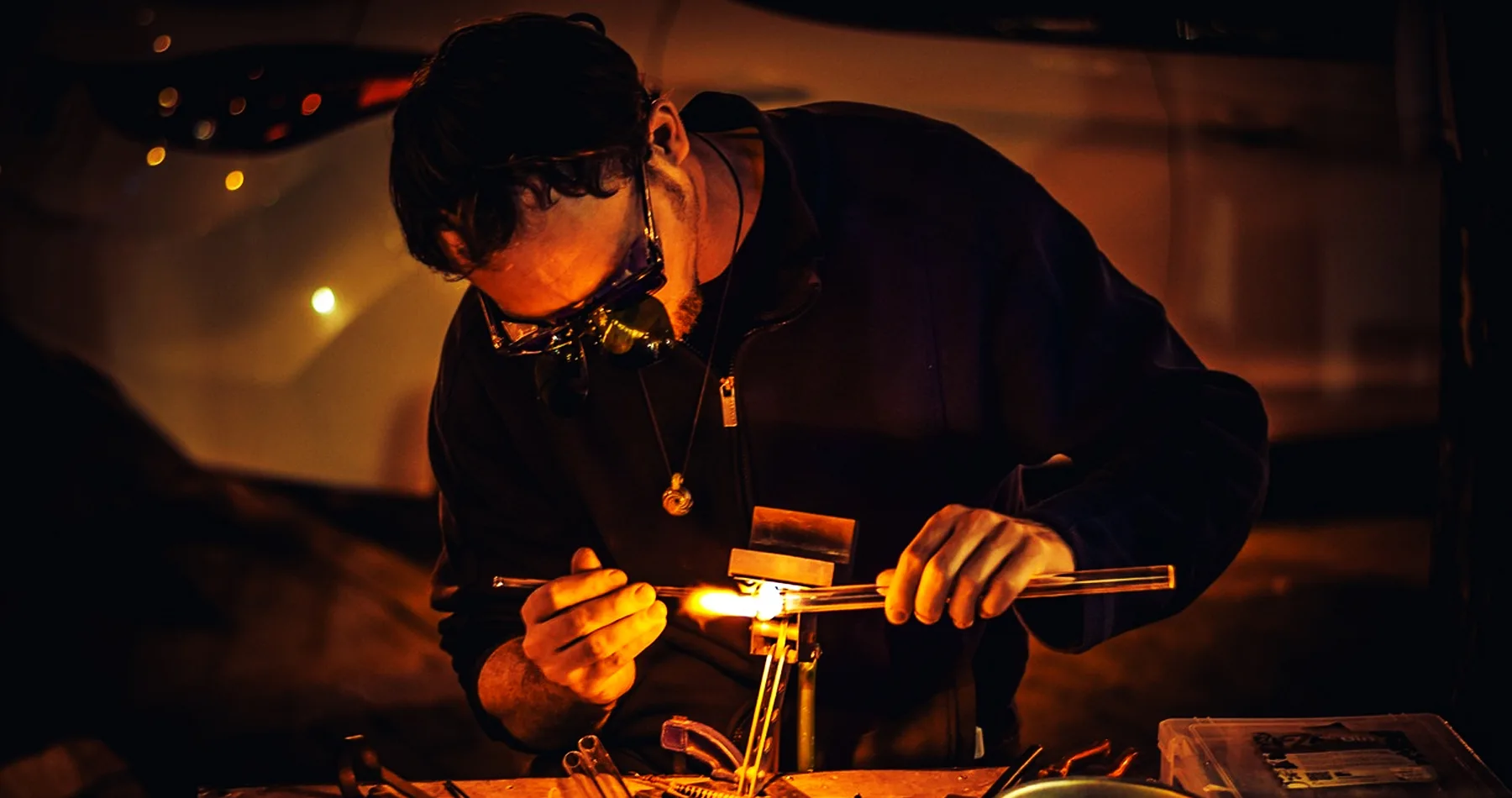The US automotive industry has historically played a significant role in the nation’s economy, contributing to manufacturing but also to a wide array of related sectors.
Historical Perspective:
In the early to mid-20th century, the automotive industry experienced exponential growth, becoming a driving force for economic development. Iconic American automakers such as Ford, General Motors, and Chrysler established themselves as players in the global automotive market. During this period, a substantial portion of the American workforce was employed directly or indirectly in automotive manufacturing, contributing to the industry’s prominence.
The post-World War II era witnessed a boom in the US automotive industry, with increased consumer demand for cars, expansion of production facilities, and the establishment of a robust dealer network. This expansion led to a surge in employment across various automotive-related sectors, including manufacturing, sales, aftermarket services, and more.
Current Employment Landscape:
While the number of traditional automotive manufacturing jobs has fluctuated over the years due to factors like automation and globalization, automotive assembly plants remain a crucial source of employment. According to the Bureau of Labor Statistics (BLS), as of the latest data in 2021, the motor vehicle manufacturing sector employed approximately 1.1 million workers. Manufacturing automotive parts, including engines, transmissions, and various components, is vital for the industry. The BLS reported that the motor parts manufacturing sector employed around 834,000 workers in 2021. This sector’s workforce contributes significantly to the overall employment in the automotive industry.
Dealerships and Sales:
Automotive deals, responsible for vehicle sales and services, are a substantial source of employment. The National Automobile Dealers Association (NADA) reported that franchised new-car dealerships employed over 1.1 million people in 2020. This figure encompasses various roles, like sales, service, administration, and management.
Beyond dealerships, the broader sales and related occupations, including auto parts stores and retail sales, contribute to employment. The BLS reported that the automotive retail trade employed around 2.3 million people in 2021, covering a range of roles.
The automotive aftermarket, including repair and maintenance services, employs a substantial workforce. According to the BLS, the automotive repair and maintenance sector employed approximately 836,000 workers in 2021. Skilled technicians, mechanics, and support staff contribute to maintaining the vast number of vehicles on the road.
Emerging Technologies:
The emergence of electric and autonomous vehicles is reshaping the employment landscape within the automotive industry. While these technologies bring about new opportunities, they also pose challenges, particularly in upskilling the existing workforce and adapting to the evolving nature of vehicle manufacturing and maintenance.
What percentage of American workers were employed in an automotive-related industry in the US?
In simpler terms, the auto industry provides jobs for about 1.3% of the entire U.S. population and around 1.7% of the U.S. workforce. This means that out of all the people in the country, a small percentage is directly employed in the automotive sector.
Challenges and Trends Impacting Employment:
Automation and robotics in manufacturing processes have led to increased efficiency. Automation technologies have reduced the demand for manual tasks, prompting the need for a workforce with advanced technical skills.
The shift towards electric vehicles introduces new skill requirements in battery technology, software development, and electric drivetrain manufacturing. This transition necessitates workforce adaptation and upskilling initiatives to meet the demands of the evolving automotive landscape.
Globalization and Supply Chain Dynamics:
Globalization has led to complex supply chain networks, exposing the industry to external factors such as geopolitical tensions and disruptions, as evidenced by recent events like the semiconductor chip shortage. Such challenges impact the stability of employment within the industry.
Shifting consumer preferences, including the rise of online car-buying platforms, subscription-based models, and changing attitudes toward car ownership, may influence the traditional dealership model. Dealerships adapting to these changes may experience shifts in their employment dynamics. While this drive towards eco-friendly practices is positive, it may necessitate adjustments in manufacturing practices, potentially affecting certain job functions.
Economic Downturns and Market Fluctuations:
The automotive industry is susceptible to economic downturns, impacting consumers on vehicles. During economic uncertainty, automakers may experience reduced production and sales, potentially leading to workforce adjustments.
Government Initiatives and Response:
These programs aim to provide training and education opportunities for workers in the automotive sector, aligning their skills with industry needs. Government initiatives promoting the adoption of electric vehicles include incentives, grants, and funding for research and development. These efforts drive innovation and contribute to job creation in sectors. These are related to electric vehicle manufacturing and infrastructure development.
Conclusion:
The US automotive industry continues to the nation’s economy, employing manufacturing, sales, aftermarket services, and emerging technologies. While challenges of technological disruptions, globalization, and changing consumer preferences persist, the industry has demonstrated resilience and adaptability.
Efforts to address workforce challenges, upskilling initiatives, and strategic responses to technological advancements are crucial for sustaining and growing employment opportunities in the automotive sector.
